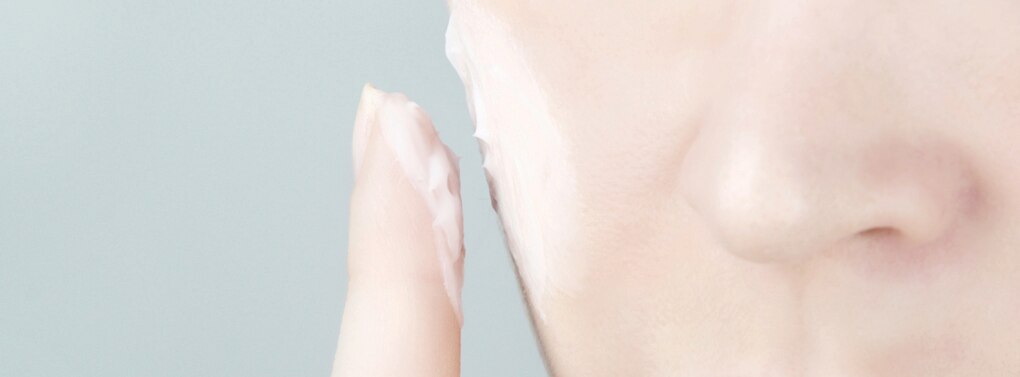Could you be at danger of over-doing skin brightening?
Some say that skin-brightening products can cause skin disease.
In Spots Free

So you’ve noticed your skin tone is looking a little uneven. You hit the Internet to do a little research and you come across the term “ochronosis”. Uh-oh, is your skin starting to show signs of this disease?
Here’s the lowdown on ochronosis, what causes it and whether you’re really at danger of this skin condition.
What is this disease?
Ochronosis’ symptoms are hyper-pigmentation: speckled, banana-shaped purple or dark blue-colored skin deposits, like specks of dark confetti. They typically break out around the face, neck and sometimes the arms — the parts of your body that get the most exposure to sunlight.
What causes it?
Doctors are still looking into the exact causes of the disease, as quite little is known about it so far. It was only diagnosed in the late 1800s, and until recently, it was extremely uncommon. However, some believe that using the wrong kind of skin-brightening products could be a cause.
Some skin-brightening cosmetics work by reducing the skin’s natural melanin production. And some researchers now suggest that over-applying some of the chemicals used in such cosmetics might be a cause.
Should I stop using skin-brightening products?
Don’t you fret. Studies aren’t conclusive. Stick with mainstream cosmetics, with healthy brightening ingredients like vitamin B3 and 12-HSA, as they’re rigorously clinically tested by skincare professionals.
If you’re still a little concerned, just pay attention to the packaging. If a cream’s instructions tell you to use it once a day, don’t go crazy applying it three times a day in the hopes that it’ll work harder for you. You wouldn’t pop more than the recommended dose of painkillers to fix a headache, would you?
Finally, if you really suspect you are suffering from a severe skin condition, like ochronosis — go straight to a dermatologist and let a professional have a look. That’ll calm your nerves and you’ll have the right advice on how to proceed next.

